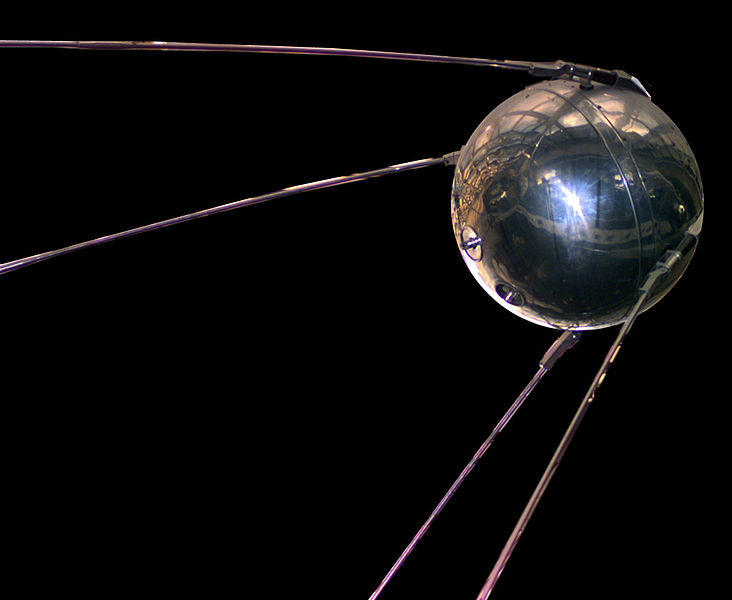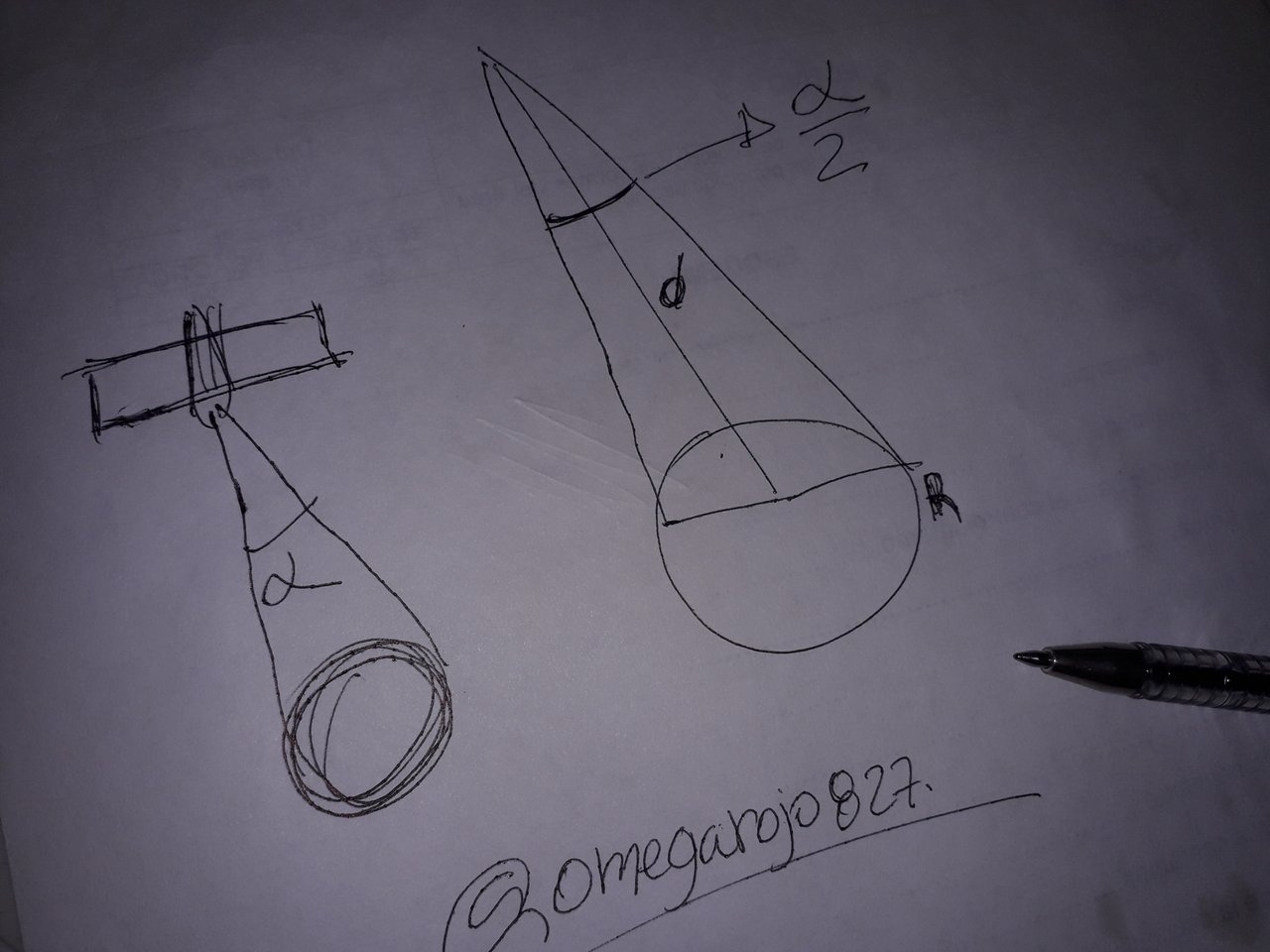The SPUTNIK 1 as tool in field of the science and the astronomy.
One of the greatest challenges in technology to bring them to our reality was the Orbiting Carbon Observatory, which is
It is a NASA mission, which did not come to fruition, this project only consisted of verifying how carbon dioxide is transferred through the atmosphere, it is clear that it was a great challenge for humanity and the development of its knowledge and going into the future managed this technology, a very important data in reference to how soundings navigate in space, is the application of Newton's three laws of motion are more than enough for very precise navigation.

Replica of Sputnik 1, the first artificial satelight to reach outer space: The replica is stored at National Air and Space Museum, Source of image of domain of Wikimedia Commons, Author: NSSDC, NASA
After his throwing 62 years ago, in 1957, it was one of the marvels created by the man to conquer the space and to deepen more science and the astronomy in the spatial age, in our actuality one has been thrown to big artificial quantity of satellites to the space, with the big one scales of numbers of missions, since it changes the philosophy of the life into the ground into our actuality. In the majority of the first satellites thrown in this passage, these were turning to about an orbit already established for, but the curious thing there are already spaceships that develop to move in the space up to the point of spending the limits of our solar system.

Inside his exploration and the compilation of information where is demonstrated the thickness of the high layers of the ambience and the wave spread of radio in the ionosphere, and a very important contribution on this case is, that the majority of the exploratory ships of mission, this one is removing increasingly, towards the infinite of the universe, big part of these ships, to manage to demonstrate fact of information about the sight of moving away from the planet earth, since it is based on different scheme of angles, knowledge is had that the radio of the ground is R with an approach of 6370 km, that it served as base to manage to base the distance as d to represent to the ship that experiences this displacement as α = Angle in grades.
According to Guillermo González, Jay Wesley Richards – (2006): The moon finds high sky, with this method, Aristarco thought that the sun was finding to 20 times the distance of the moon, today we know that the value is 390, the method is of Aristarco cannot place the authentic distance of the sun, alone his low limit. To be able to obtain a useful distance, an observer should measure the angle between the sun and the moon during 8 minutes of arch. Guillermo González, Jay Wesley Richards – 2006, The privileged planet: How our place in the cosmos …..

@tipu curate
Upvoted 👌 (Mana: 0/30)
Thanks for your support friends
I stopped for a moment to read your contribution in this publication, it is very interesting about the evolution of technology to know the space, and the manual way in which it describes the trajectory of the probe, thank you for your contribution